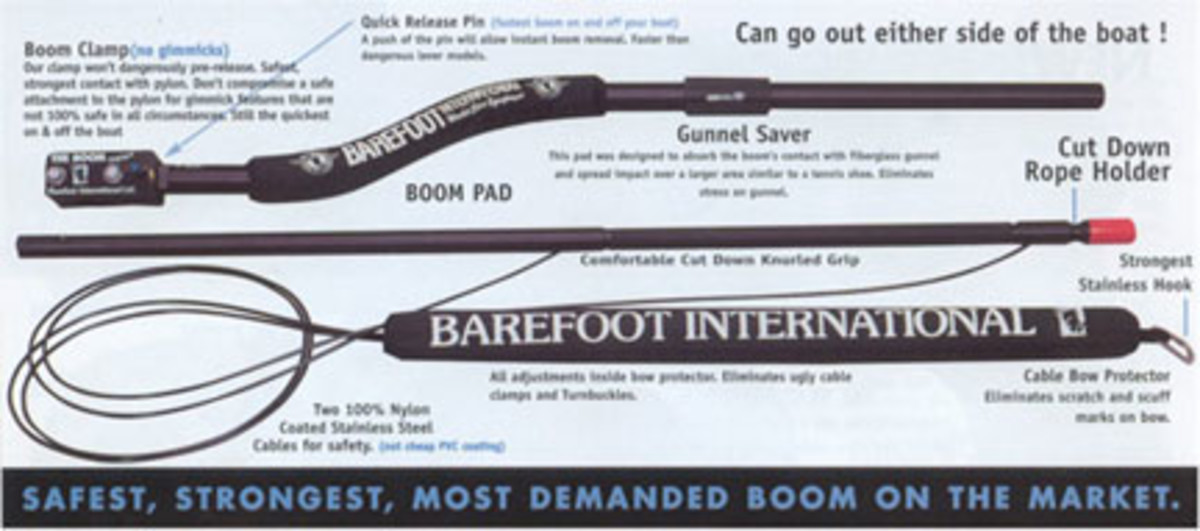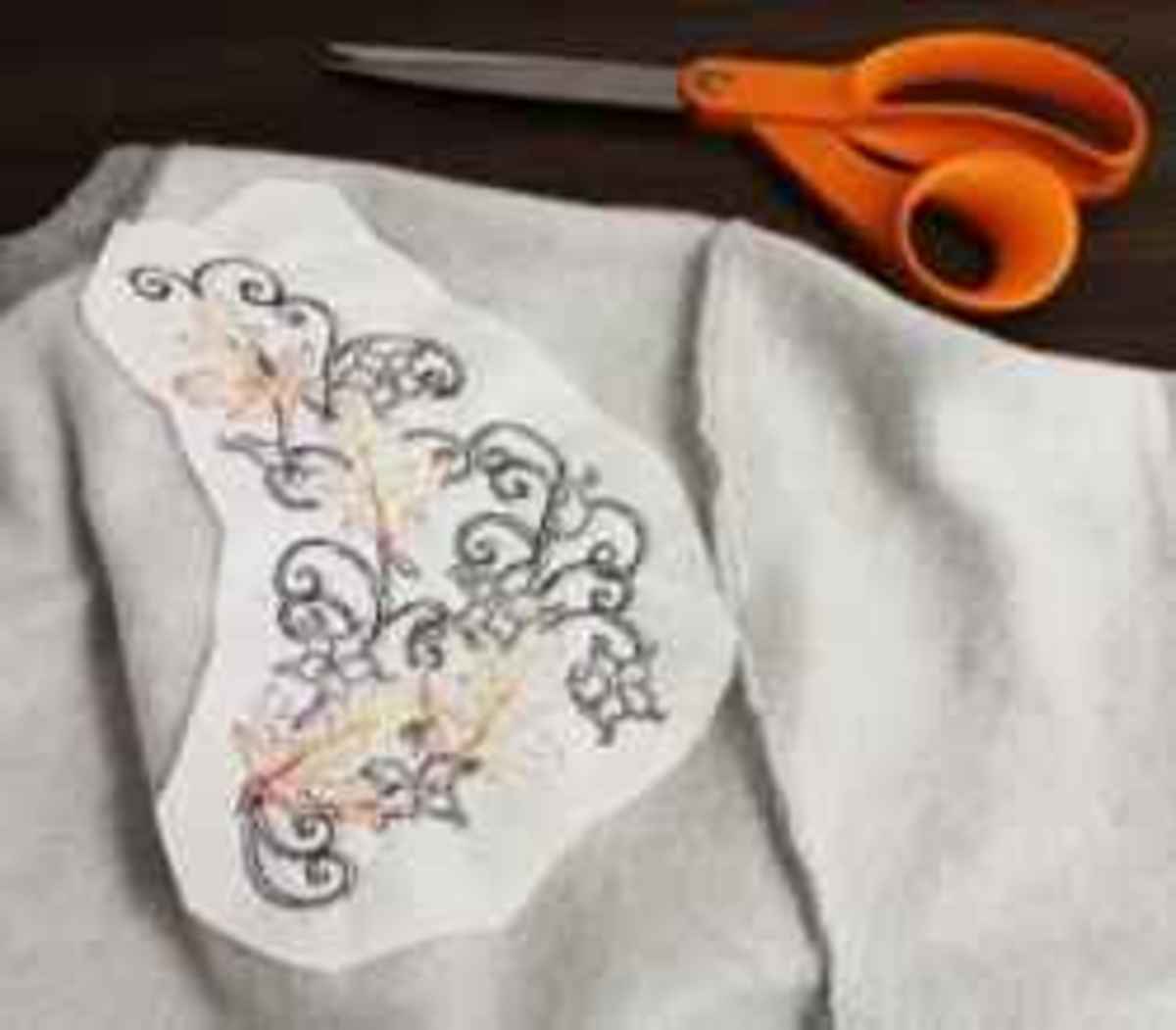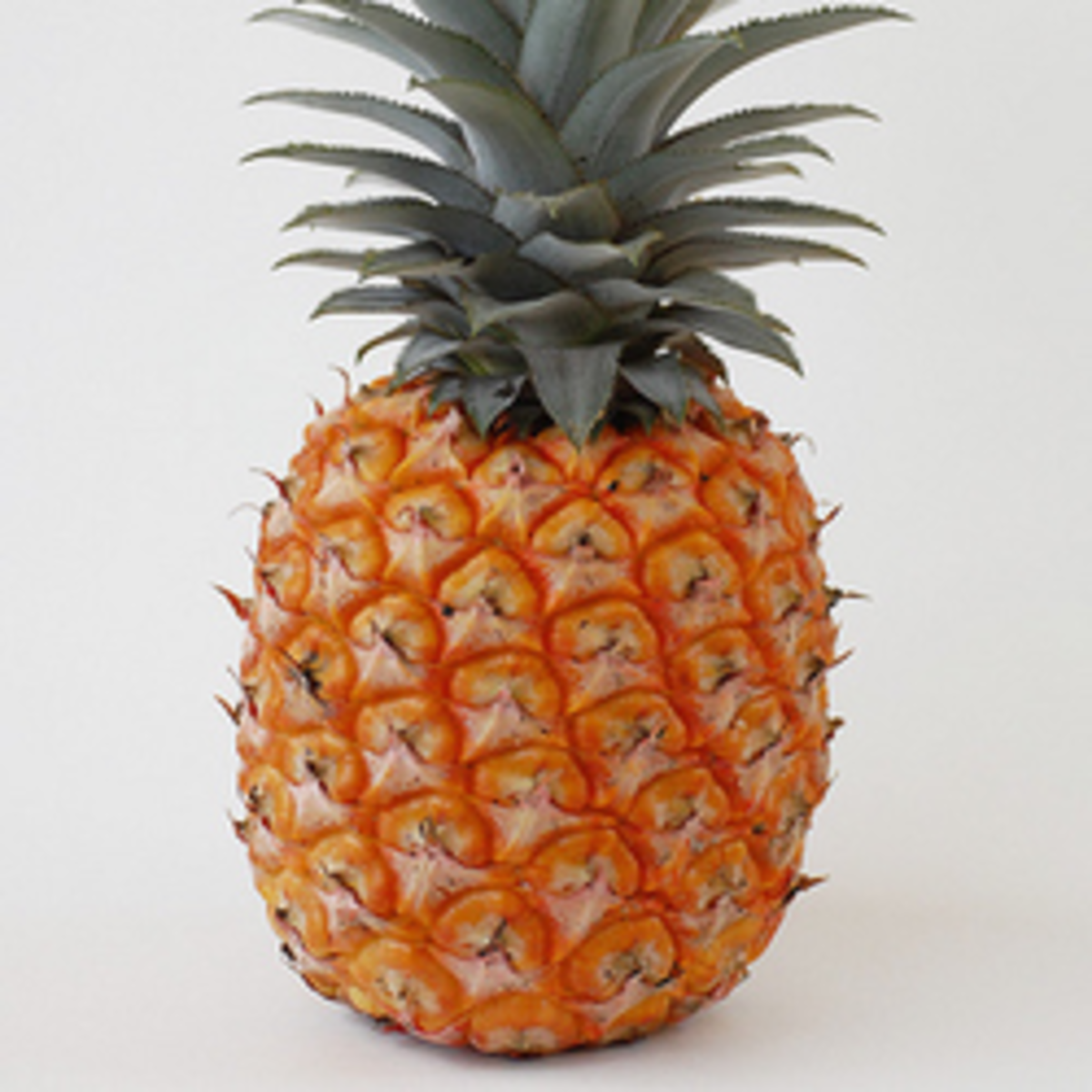What Are Ski Skins and Why On Earth Do We Need Them?

What are Ski Skins Anyway?
If you're a cross country skier? Then you need Ski Skins, (also known as Climbing Skins
They were developed years and years ago to enable people to climb an incline or a slope long before ski lifts were invented.
They were developed to be able to keep them on the skis 'after' climbing and then to ski down the other side.
They eliminated carrying a pair of snowshoes, putting them on, then taking them off and putting your skis on, etc.
For many, skin skins make it possible to ski in the most remote areas of the globe.

Why do they make Ski Skins?
(Did you ever wonder who "they" are?)
Understanding why ski skins were made in the first place is easy. "If you wanted to go skiing, (before the invention and/or widespread use of ski lifts and gondolas) it meant you climbed the slope you wanted to ski down.
Snow on a slope is usually pretty deep, meaning you sink in while attempting to climb.
Wearing snowshoes was the obvious answer. But what to do with the snow shoes once you got to the top? Much less, how do you carry your skis while you "snowshoe" to the top? Then at the top, having to take one off to put the other one on and reversing the process every time you came to the top or bottom of a hill. Lot's of work?
Now you can understand how and why the idea of a ski skin was born. People who wanted to ski down and climb up without taking off their skis each time, learned to attach ski skins to their skis for traction.
Yes, animal skins were originally used.

Early Ski Skins
The Original Ski Skins were actually made from seal skins
They were used because of their inherent versatility. The fur folded flat against the skin in one direction allowing the skier to ski down a slope easily, but it bristled up when pushed the other way, thus the traction to climb. Pretty much the same thing that happens when you ruffle your dog or cat's fur in one direction then another..
Seal hair grows at a very narrow angle out of the skin allowing smooth skiing in one direction, as well as the traction or catching ability when used in the other direction.
Oddly enough, there are stories, that in some cases where animal skins were not readily available, twigs were attached to the skis.
They used twigs? Really? How?

Modern Day Ski Skins
The Seals are safe today
Ski skins are no longer made using Seal Skin. They are made generally from a much easier product to obtain. Mohair or nylon. (Much better for the seals too).
Someone somewhere, found mohair very similar to seal skin, in that the surface of the Mohair glides in one direction and bristles up in the other. Marker Freeride (Universal Climbing Skins) is a universally customizable, self adhesive Mohair mix, skiing skin. The Mohair mix skiing skin is generally more for the glide, than for the traction though.
While nylon is lighter than mohair, it's much slower for downhill.
Ski Skins essentials - Don't leave home without them



The Parts to Ski Skins
Did you know, there are three parts to a ski skin?
The question of why three parts? Well, the answer is simple and complex. The simple answer is that each of these three parts, has it's own distinctive and exclusive use.
It doesn't matter what material the ski skins are actually made of, these three parts remain constant.
They are: The Plush, The Backing, and The Method of Attachment.

The Plush on Ski Skins
The plush is the surface you ski on. This material, has to do two separate jobs, both at odds with the other. First: It must allow the ski to glide on the surface of the snow when being used as a ski. Second: it must provide maximum resistance when striding (or sliding) forward for climbing.
How to create traction:
Created by stepping 'down and slightly backward on the ski, thus creating resistance from the material against the snow. Another dilemma folks often create for themselves, is that they like to use shorter ski skins, as it gives them a better glide when they are ready to ski.
There is a trade off:
When using the shorter ski skins, you have less plush on the surface of the ski. Less plush will require much more work to climb the slope. With less skin, there is less resistance (grip) against the snow (great for downhill, but bad for climbing).
On a side note:
One way to extend the life of your ski skins or even if you want to use them in gicky wet snow? Try applying a good glide wax under the skin. Another suggestion to extend the life of your skin, Also, try combing the material of your ski skin, after every use . Comb them from the tip to the tail of your ski.
Use glide wax every time you use your skins. Nothing lasts forever, but this helps.



Next: The Backing on Ski Skins
Why is it called "Backing?"
'Backing' is what the "Plush" is attached to. Most commonly, it's made of nylon. The thickness of that nylon and the quality of the weave are most important. Those two things, 'Plush and Backing' determine the durability of your ski skins. Too thin, your skins peel and tear. Too thick, the extra weight, will cause the loss of the suppleness your ski skins should have.
Buy American Made:
Why? Skins made in North America have a backing that is generally a little thicker. They also tend to last longer than their European counterparts. While it is true, European made ski skins are usually lighter, I have found that they are easily damaged by rocks or pieces of wood that we encounter in the back country. THAT fact alone, rocks and sticks, are a reality of back country skiing.
Is lighter better?
From experience, I can tell you that lighter skins are also more difficult to deal with when you try to put them away in your pack on a windy day. As an example, if you want to understand what I mean? Take a couple of wet ironing board covers outside on a windy day and try placing a long sheet of wax paper on one side of the ironing board cover as you fold it up. Now.......that may not be exactly what it is like, but will surely simulate what it is like to try to fold ski skins in the windy conditions.
Let's face it, we all know we encounter these conditions at higher elevations.

The Attachments for your Ski Skin
How do we attach these to our skis?
Originally, they were attached by just wrapping a strap around the ski. Not real efficient when attempting to ski down a slope. Snow bunches up under and around the strap and the strap stretches as it got wet. When you climb, you want lateral stability.
Also, the skins tended to slide sideways at the 'waist' of the ski. Finally the Swiss Army decided the answer was to drill holes through the skis and bolt the skins to the skis. Again, both methods worked, but they were just not very efficient.
Somewhere around 1968, a Swiss company invented an adhesive skin. They did this, by inventing a glue that would stick on a smooth cold surface (getting glue to stick in the cold?) Unheard of at the time. Once that glue did stick, they wanted it to leave no residue when pulled away. Again, a glue that left no residue? Finally, the glue must be able to NOT, permanently bond to itself, nor lose any of it's adhesive quality over time and use.
Most ski skins made today, have an adhesive surface for the waist of the ski and they still use the tip and tail hook to secure your skins to the ski. There are even split skins, to accommodate pretty much all sizes of ski widths. In choosing a ski skin for yourself, make sure the skin you choose, has a really good glue.
A cheap skin will fail you in the cold or wet and invariably when you are out in the boonies. You can get hurt, from something so simple as cheap glue. It could be your life you risk for the few bucks you saved with the less expensive or poorer quality glue and/or skin choice. Make sure the ski skins match your skis, edge to edge. If you are in doubt as to which skins to buy, your ski retailer can help you.
There are split board ski skins available you can cut them yourself to fit your skis.

One Last thing about Ski Skins...
Buy and use cheat sheets.
They are sheets for protecting of the glue side of your skiing skins. Cheat sheets are just synthetic backed pieces of material. You use these with your adhesive climbing skins, by sliding a sheet in between the skiing skin and the adhesive side. (as you fold it to put it away, the glue side tends to stick together without these sheets).
Now, even though the ski skin unfolds without these sheets, you will find it destroys a little bit of the glues effectiveness each time you "pull" the skins apart to reuse them. If you use these sheets, you'll find your skins much easier to handle when you are ready to use them again. Something so simple, will extend skiing skin glue life.
Thanks for reading, ski safe and I'll see you on the trail--CampingmanNW










